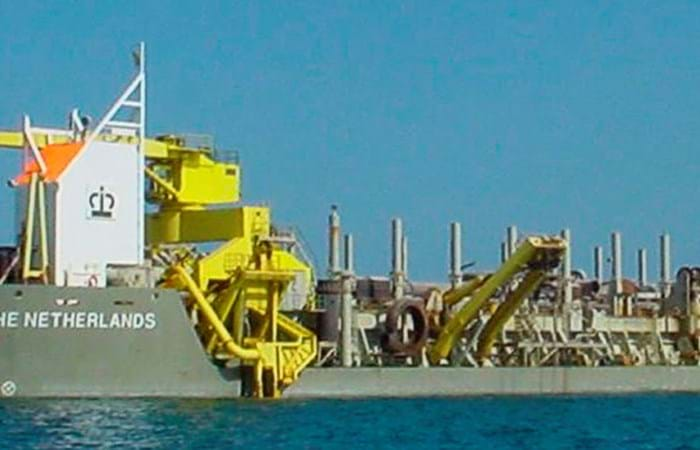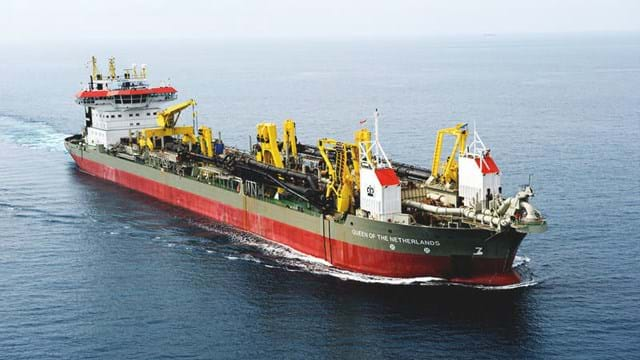Salam Yiti is located near the south of Muscat, about 40 minutes away from Muscat’s international airport, and minutes from the traditional business and hotel district of Qurum. The Salam Yiti development covers 420 hectares of land and climbs as high as 140 meters above sea level. The project is being developed at a cost of USD 1.7 billion. It was scheduled for completion by 2013. The development plan features luxury hotels, state-of-the-art spas, exclusive villas and apartments, and luxury townhouses set on the beach and in the mountains and select shopping and dining outlets, all surrounded by a championship golf course, marina, a wellness and eco-marine center.
Sama Dubai has contracted Boskalis Westminister Oman LLC (BWO), along with its joint venture partner Consolidated Contractors Company (CCC), to carry out the early construction and development works. Deploying backhoe dredgers (BHD’s) and Trailing Suction Hopper Dredgers (TSHD’s), Boskalis was able to deliver nearly 300,000 m3 of sand per week to the site. The design included the construction of man-made canals, coming in from the sea and reaching all the way to the mountains, in order to create a waterfront development. For this reason, some 2 million m3 of rock and sand were placed onsite, creating a 3-6 metre high increment to the existing ground level, along with the realignment of Wadi Qanu.

